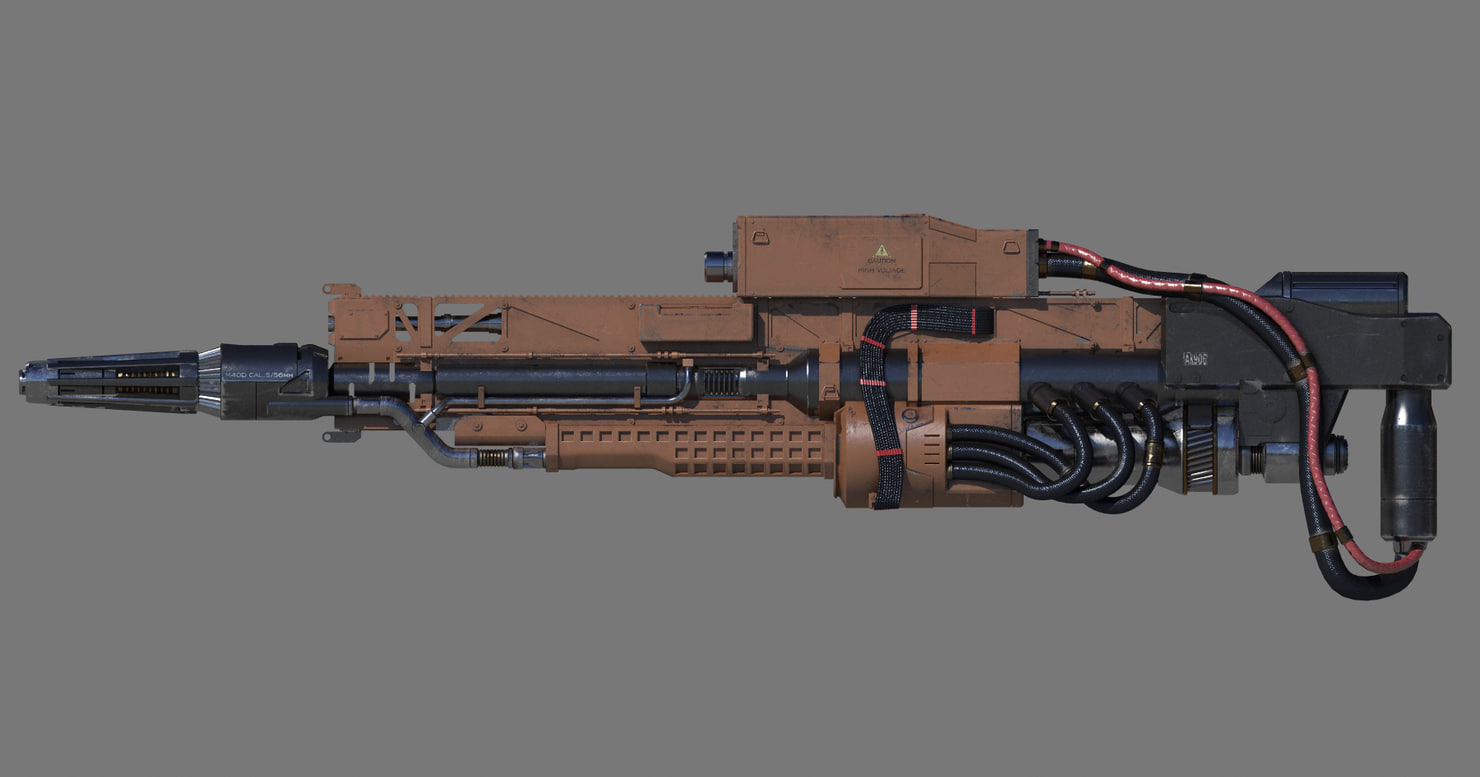

16 Studies repeatedly show that implementing technologies in the workplace leads to increases in profits and productivity. 15 Thus, employers will prefer employing machines over humans if it becomes cheaper to do so. Most business decisions are driven by increasing profits. The unemployment threat posed by automation increases when considering that employers are incentivized to automate their workforce. 13 In the United States alone, automation could take up to 44% of working hours by 2030. A 2017 report by McKinsey Global Institute concluded that one-third of most occupations’ daily tasks could be automated by the next decade. Indeed, recent studies on this matter conclude that automation will lead to many unemployed people. 11 Human intelligence took thousands of years to evolve, but only a few decades for technology to match it-biology cannot compete against technology.
ROBOTIZE FAST FOOD 2015 SOFTWARE
10 Even computer coders are not immune as software programs can now learn to code independently. 9 AI can also perform work tasks in the arts, occupations inherently premised on human qualities. control the production and delivery of products and services.” 7Īutomation can now assist, and even outperform, employment tasks in high-skill jobs, including lawyers 8 and doctors. 6 When put into the workforce, these technologies are known as automation: the “creation and application of technology to. Breakthrough developments are occurring exponentially, enabling the creation of artificial intelligence (“AI”), machine learning, deep learning, and quantum computing. However, as technology advances, so does the scope of its workplace displacement.
ROBOTIZE FAST FOOD 2015 MANUAL
The industrial revolution reduced manual work, 5 while nowadays, ATMs have reduced the need for bank tellers. Humans Need Not Apply, the Threat of AutomationĮmployment disruption by working machines is nothing new. 4 Hence, the question is not if, but how should society respond to a future where automation employment is the norm? 3 Known as the “Fourth Industrial Revolution,” technological innovations will soon outperform and displace human workers across industries. 2 And tomorrow, technology may destroy the unity once created by displacing workers from their jobs. 1 Today, smartphones small enough to fit inside our pockets possess higher computing power than the computers NASA used during the Apollo mission. Fifty years ago, Americans experienced “a moment of unity” as we watched the Apollo 11 moon landing.


 0 kommentar(er)
0 kommentar(er)
